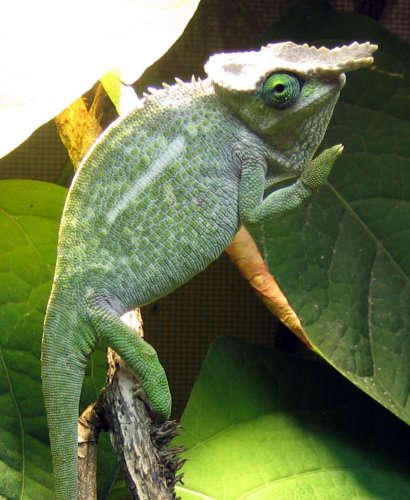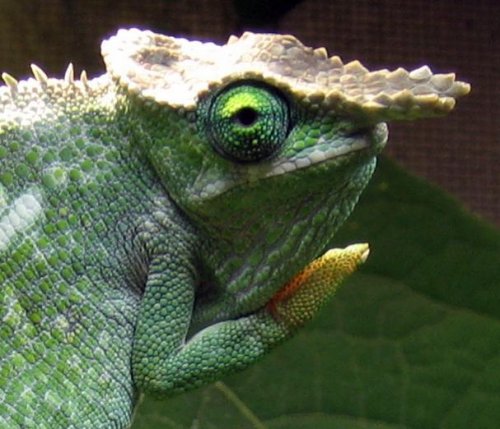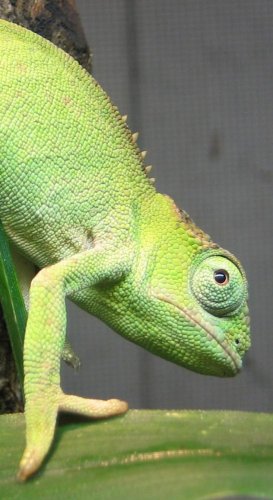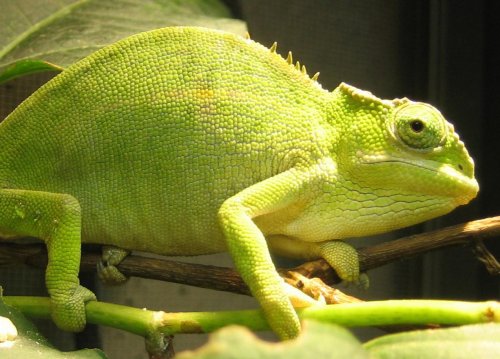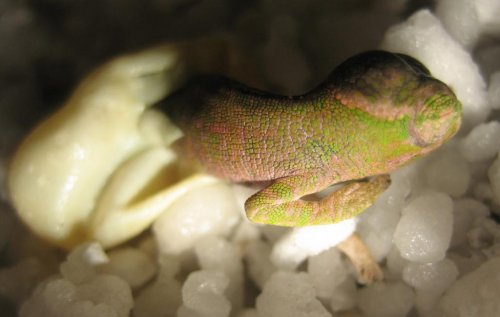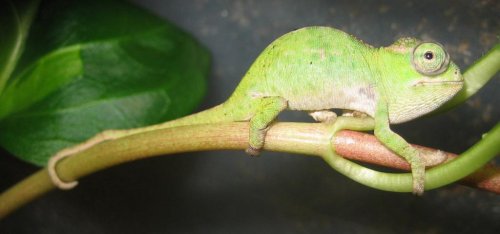Navigation
Install the app
How to install the app on iOS
Follow along with the video below to see how to install our site as a web app on your home screen.
Note: This feature may not be available in some browsers.
More options
You are using an out of date browser. It may not display this or other websites correctly.
You should upgrade or use an alternative browser.
You should upgrade or use an alternative browser.
Kinyongia uluguruensis
- Thread starter Mike Fisher
- Start date
Mike Fisher
Established Member
Anyway, they are all nice and pink so we'll see how long they take. I'm suspecting over a year, but we'll see.
Spoke too soon. Only one of them is fertile, so this is a retained clutch. Bonus points to the person who guesses which one in the picture the good egg is.
Mike Fisher
Established Member
I'm with Laurie, upper row center.
Carl
Nope, not that one.
Mike Fisher
Established Member
Well any other one would just be a complete crap shot. If it turns out to be the bottom right - well I give up at that point. All I hope is that the fertile egg hatches for you.
Good call, the bottom right was the first to mold over. We've eliminated two of them, now you have a one in four chance.
AACblackout
Member
awesome pics congratulations
Mike Fisher
Established Member
I figured it was bottom middle, although bottom left looks possible!
Bottom left! Congrats.
Mike Fisher
Established Member
Two different females. The girls are almost fluorescent green now. Very pretty and good tempered. They only puff up a little when they see the camera. My smallest girl in the first photo is now almost caught up with the bigger ones.
I wish I could get some better photos of males, but they are very bad tempered. Hoping that I can hatch some of them and see if that is innate behavior or just because they are WC.
I wish I could get some better photos of males, but they are very bad tempered. Hoping that I can hatch some of them and see if that is innate behavior or just because they are WC.
Attachments
Mike Fisher
Established Member
How many do you have in total?
Chase
That's a painful subject, but since you brought it up....
I originally had 15, but I lost one third of those in the first week, most within three days of arrival. I lost a couple more about a month in when they lost the will to live in captivity and stopped eating and drinking. I spent weeks feeding and hydrating them but it didn't matter.
I currently have less than half of the original group. They have been the hardest species that I have ever had to acclimate. They are a very sensitive species that is easily stressed.
In addition, I found that they like it warmer than all of my other montane chameleons so I have been constructing an insulated room so that they can stay warm enough this winter. Working with this species has been a stressful and humbling experience.
Mike Fisher
Established Member
Just a quick note to say all is going well with them, the room is insulated and staying warmer. An interesting thing is that I've been holding up the feeding cup so that they can eat straight from it instead of just throwing the crickets in the enclosure. Most will eat straight from the cup now.
A couple of them do something interesting though.....They see me coming with the cup and get excited and start moving towards the front of the enclosure. When I put the cup in front of them, sometimes they shoot the rim of the cup and try to eat it. Like they have associated the cup with food so strongly that they actually think it is food. Weird.
And is is not that they are just missing a cricket and getting the cup instead, they are actually trying to eat the cup. I have to be careful because i don't want them to hurt their mouth.
A couple of them do something interesting though.....They see me coming with the cup and get excited and start moving towards the front of the enclosure. When I put the cup in front of them, sometimes they shoot the rim of the cup and try to eat it. Like they have associated the cup with food so strongly that they actually think it is food. Weird.
And is is not that they are just missing a cricket and getting the cup instead, they are actually trying to eat the cup. I have to be careful because i don't want them to hurt their mouth.
Mike Fisher
Established Member
I've hatched the only fertile egg laid last year from this species. Laying was 8/31/2014, with hatching today 2/22/2015.
Incubation temperatures were consistently 68F-69F.
First time this species has been hatched in captivity. Interestingly enough you can already see those distinctive dorsal spikes.
Incubation temperatures were consistently 68F-69F.
First time this species has been hatched in captivity. Interestingly enough you can already see those distinctive dorsal spikes.
Attachments
Mike Fisher
Established Member
Mike Fisher
Established Member
Similar threads
- Replies
- 5
- Views
- 2K
- Replies
- 89
- Views
- 6K




